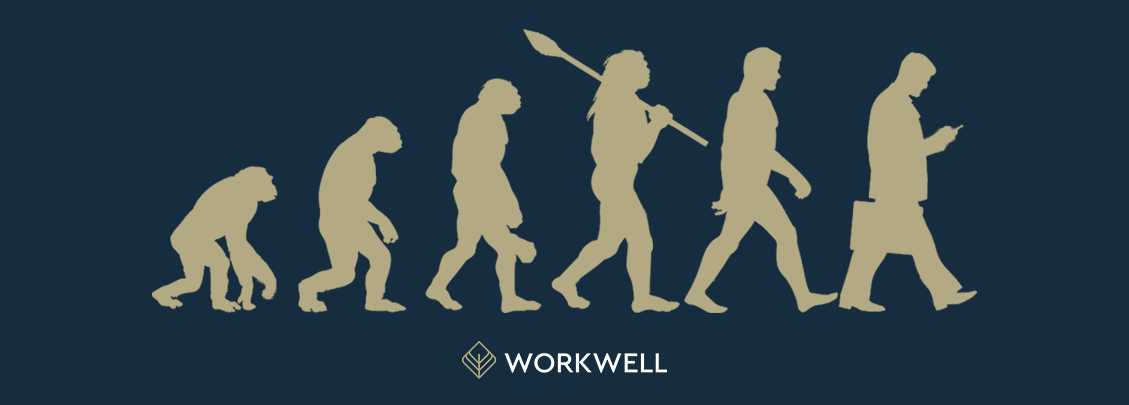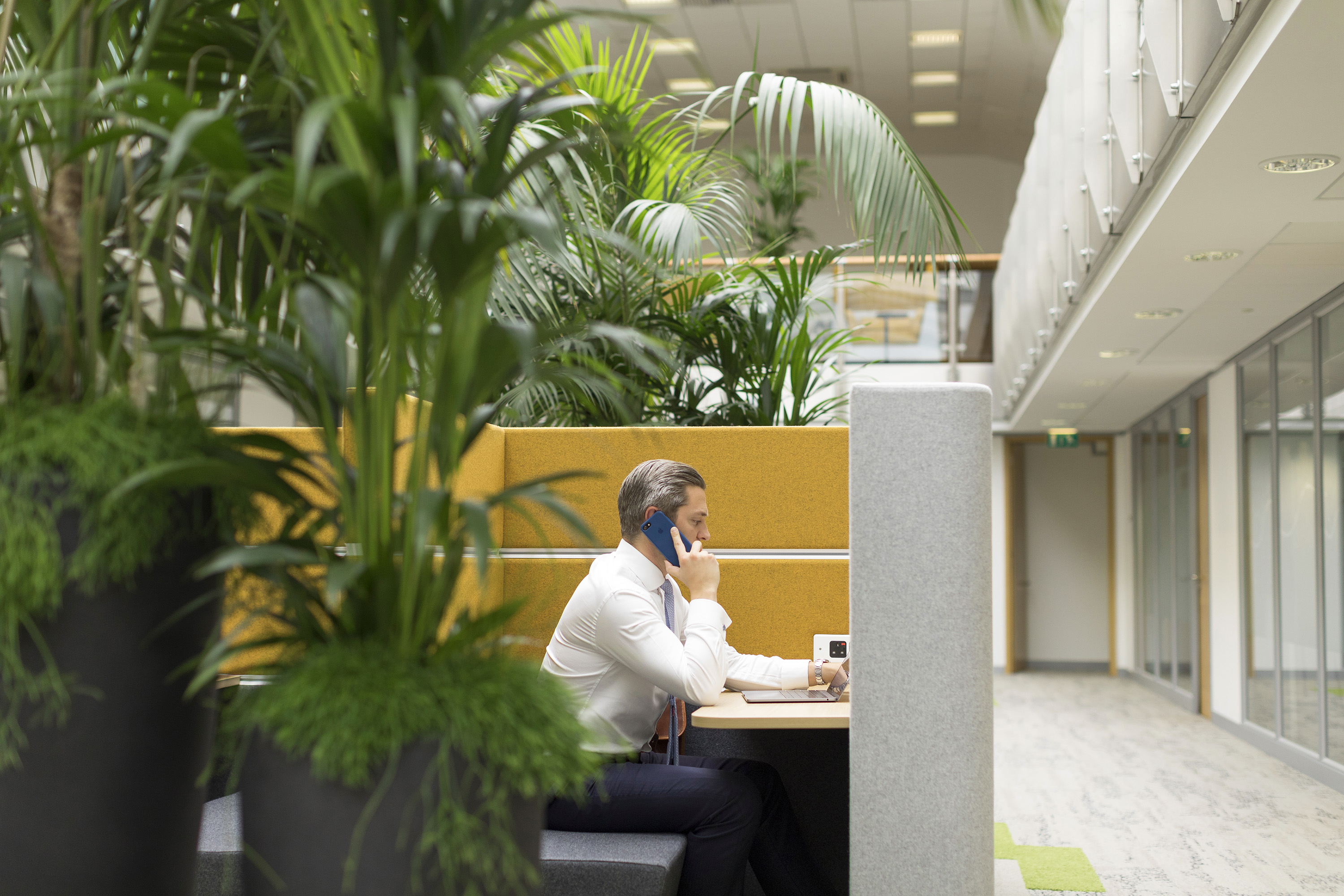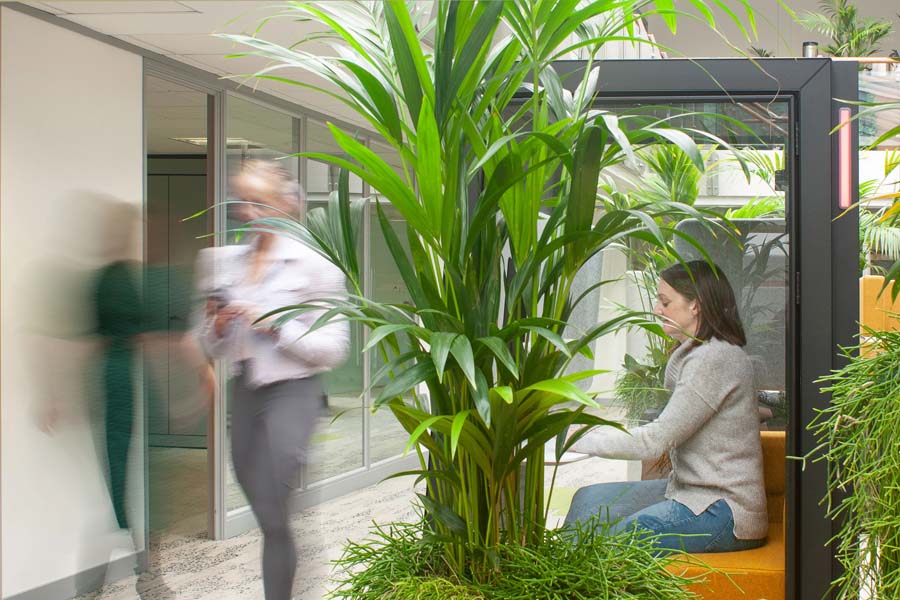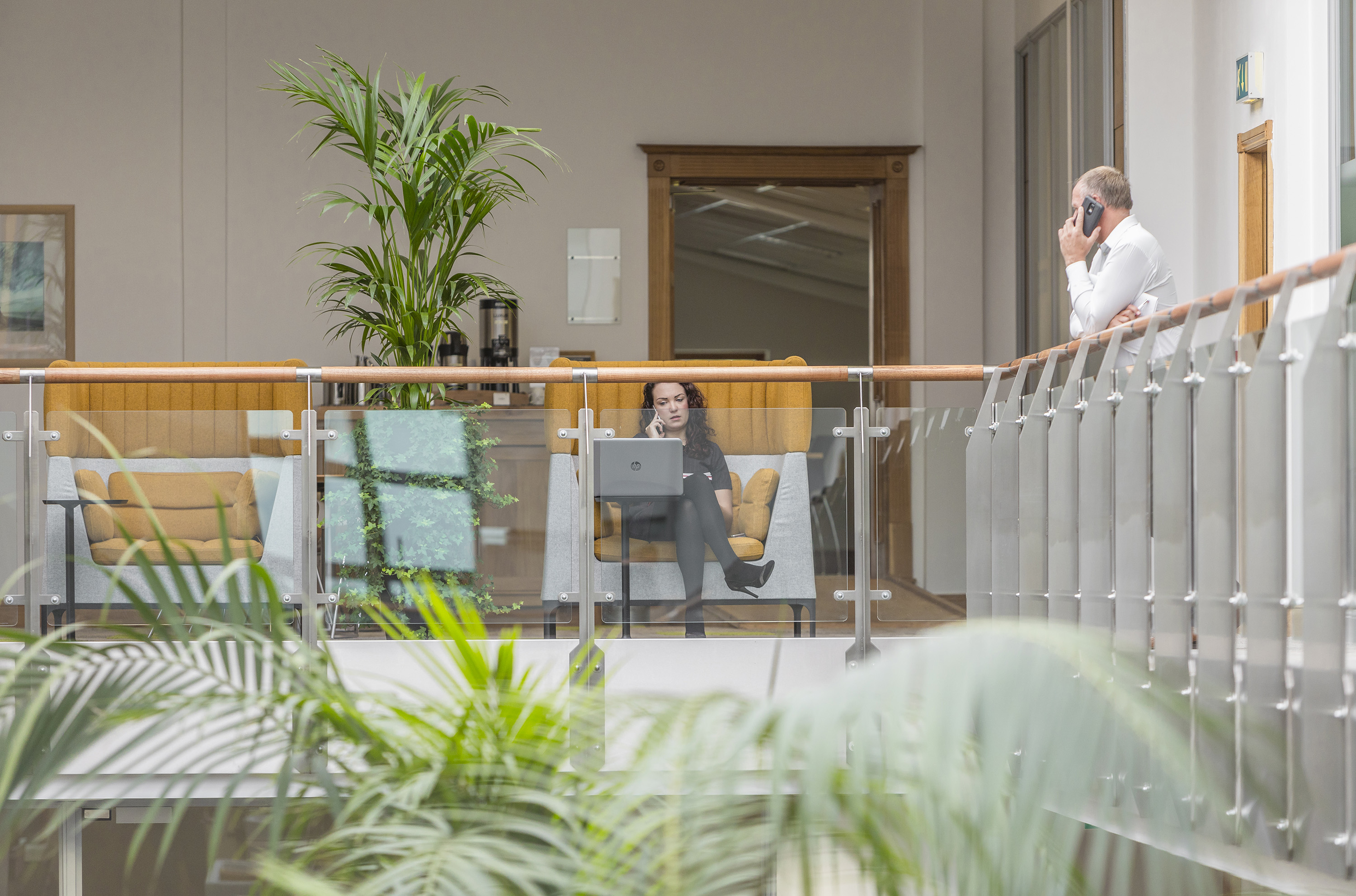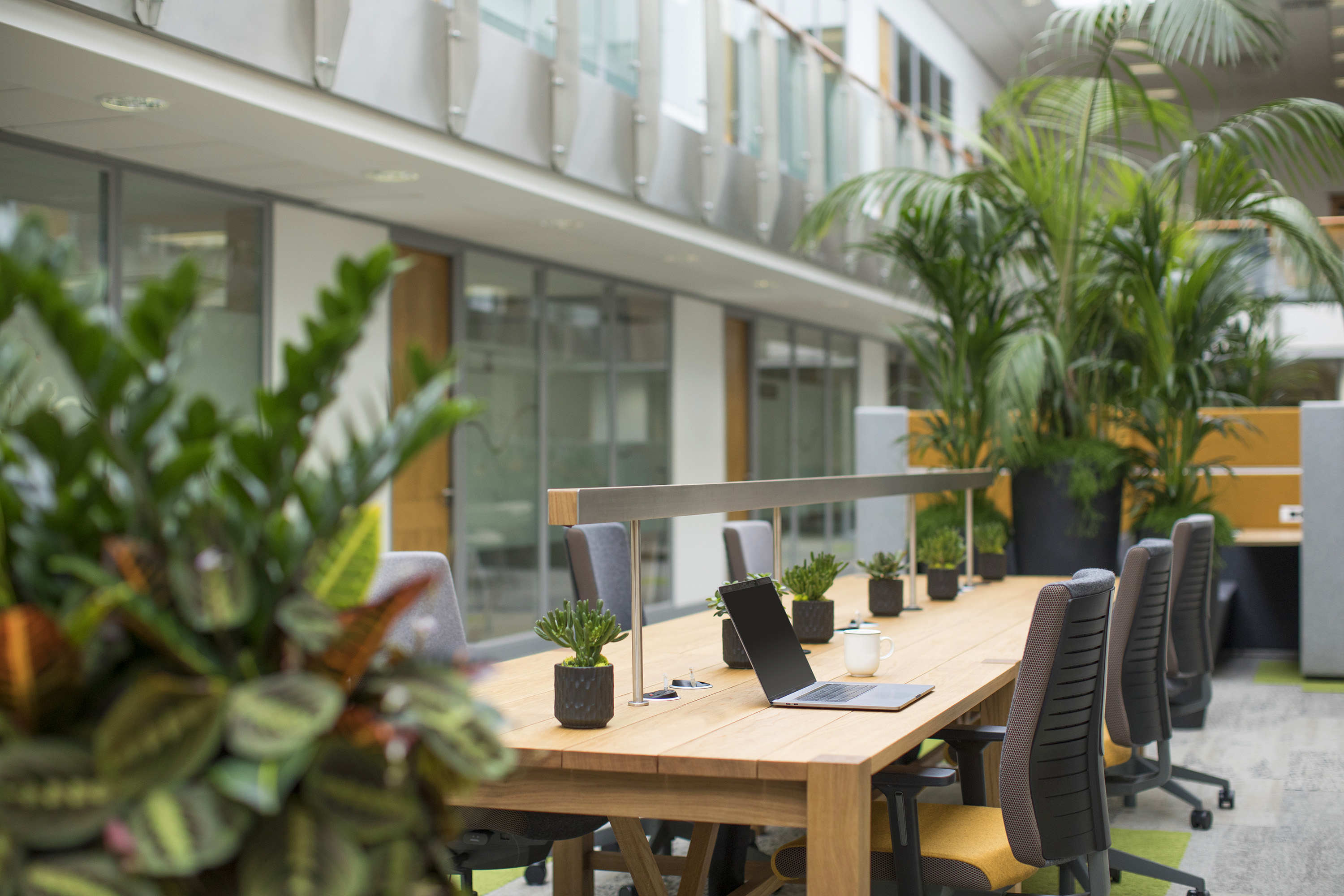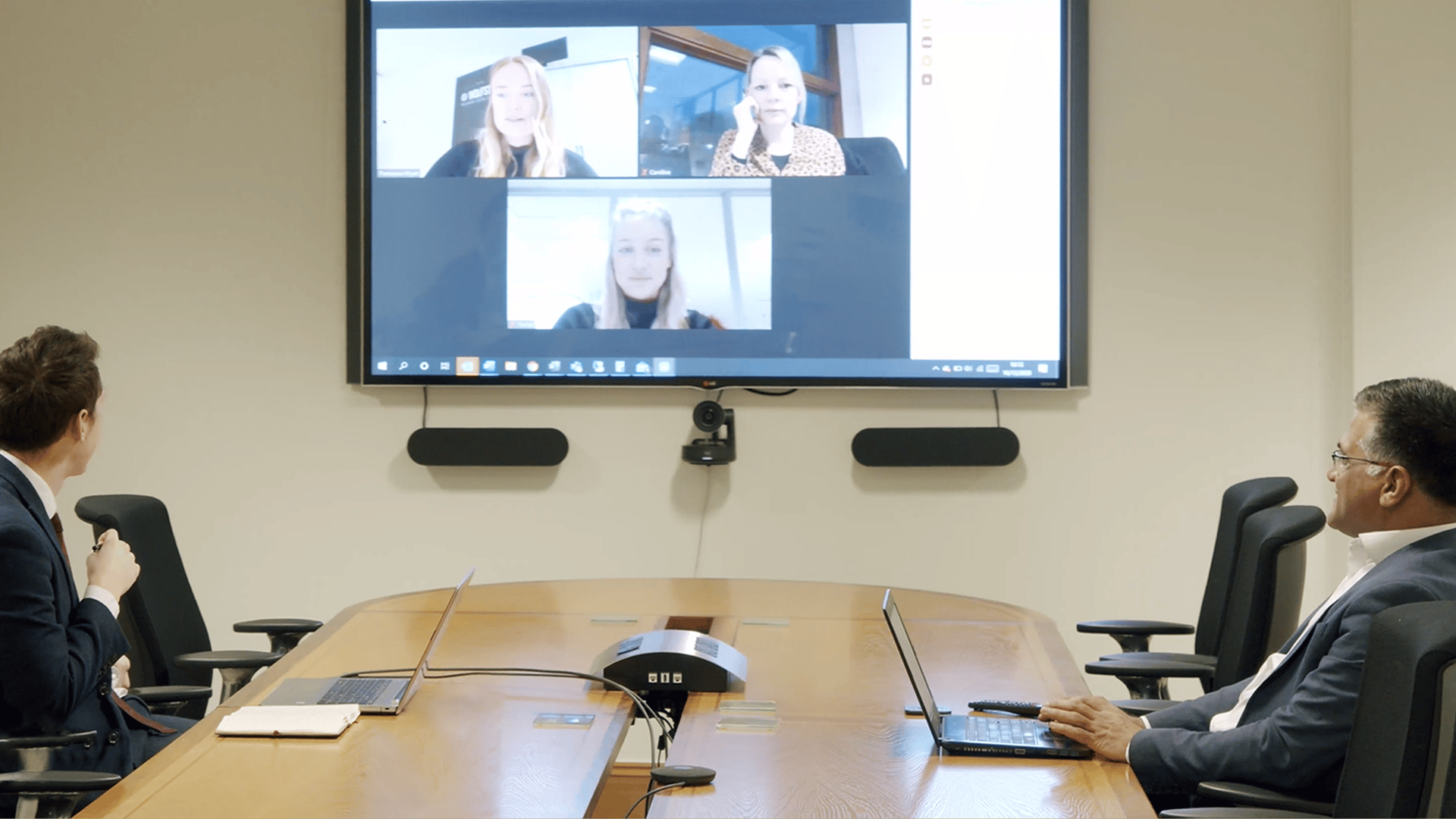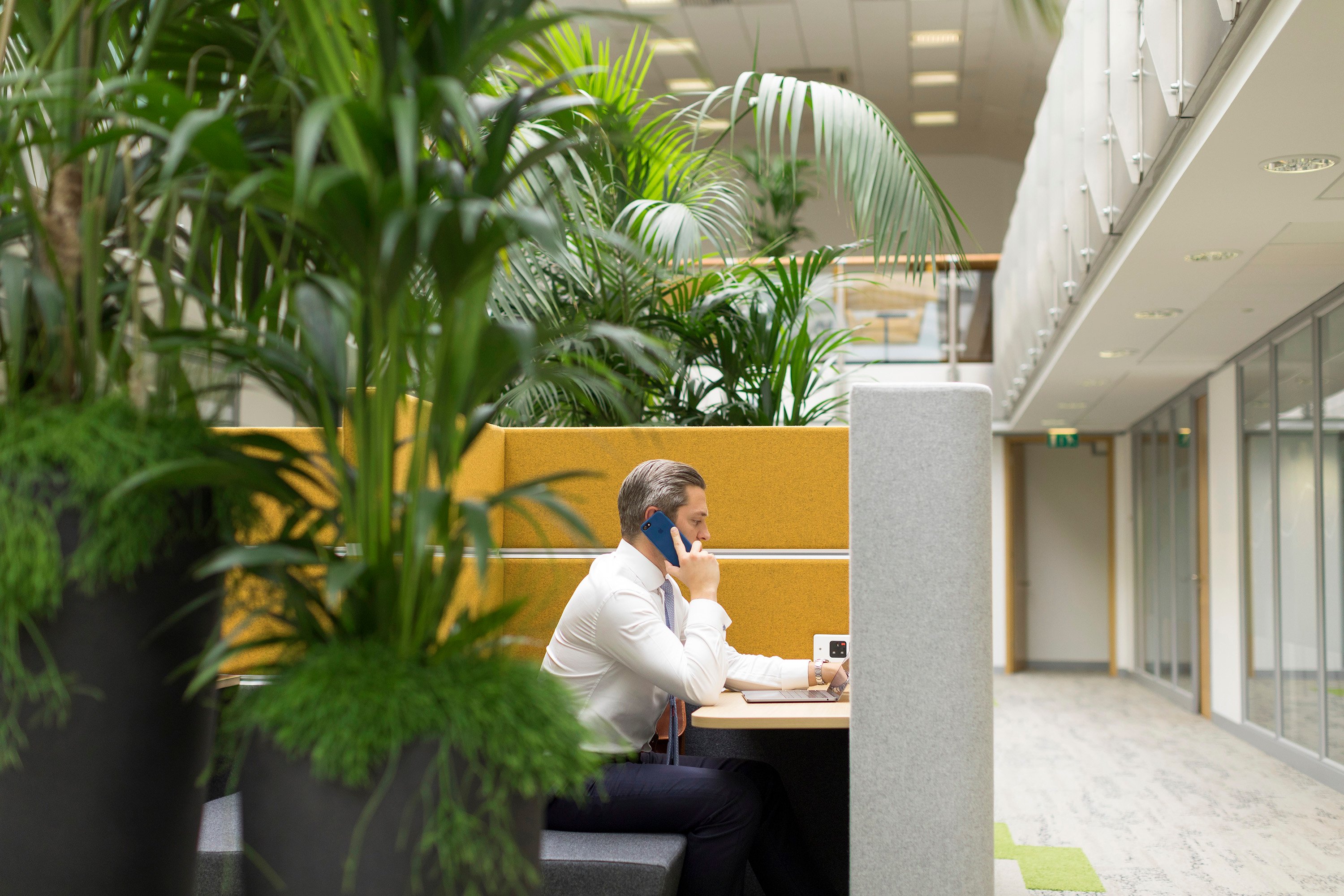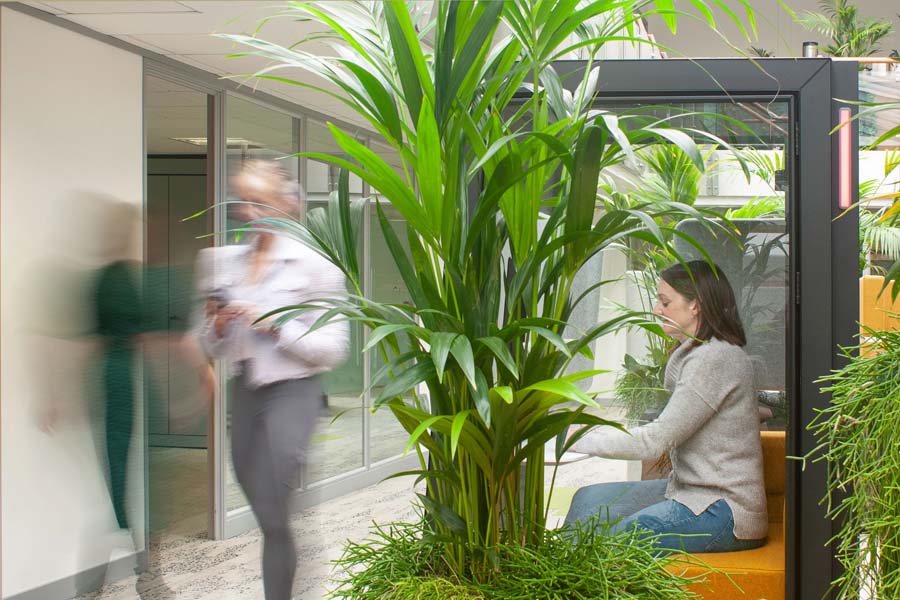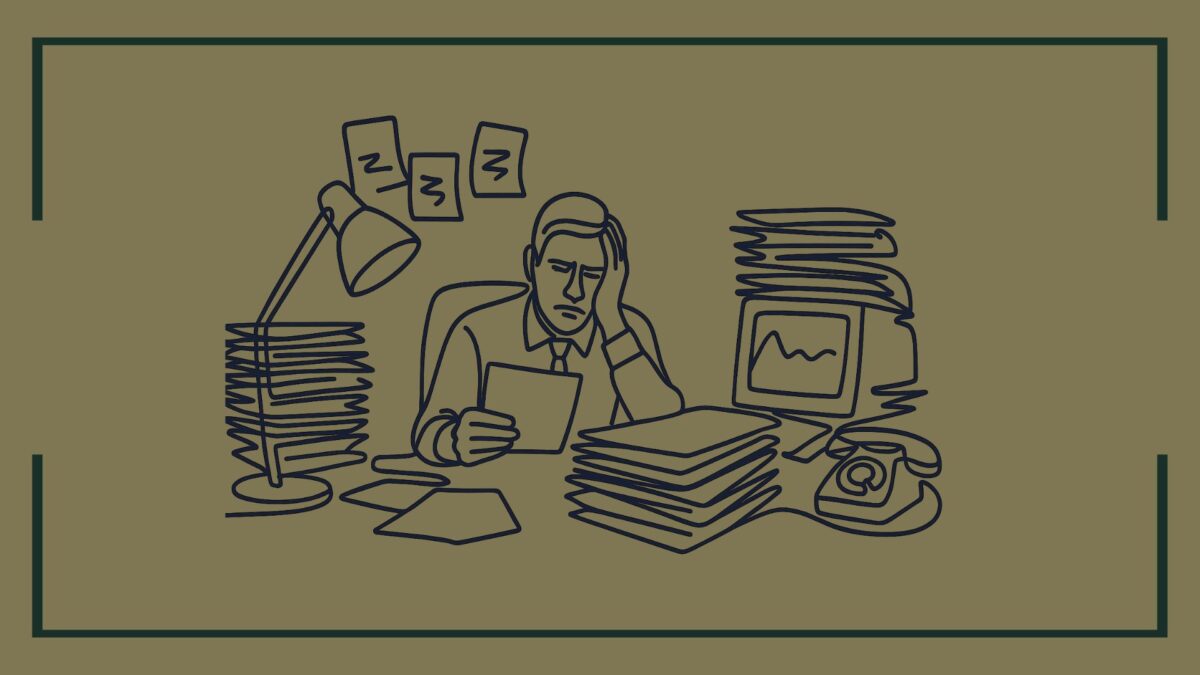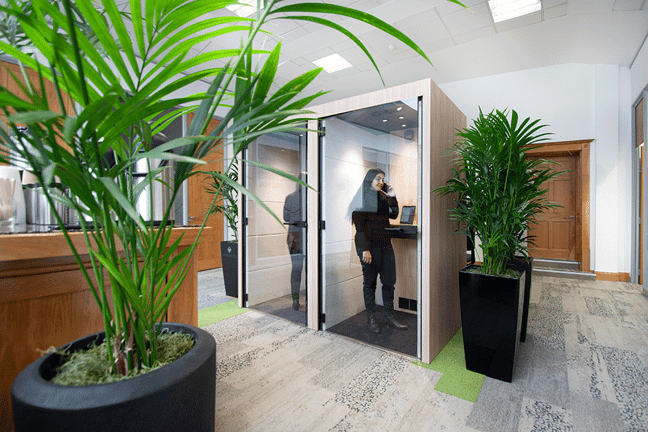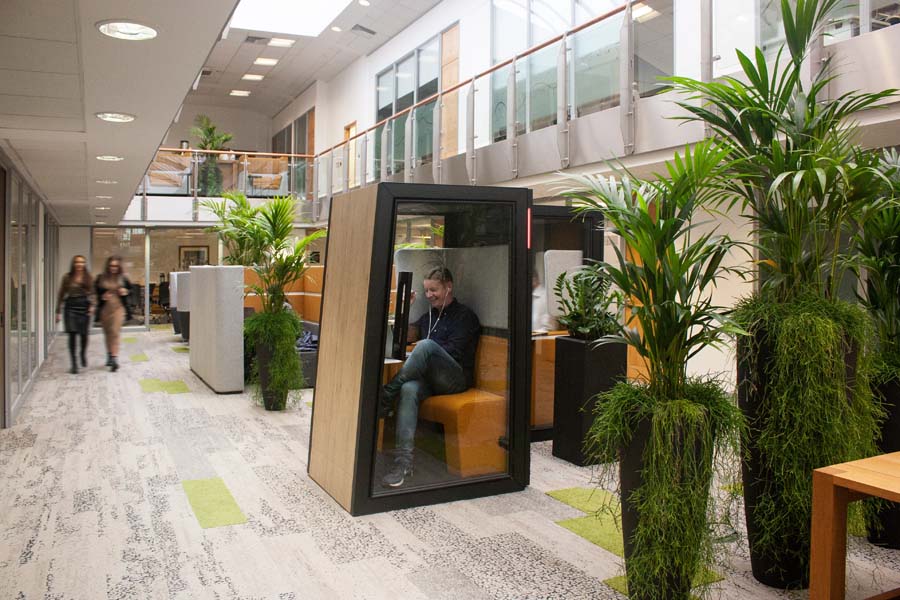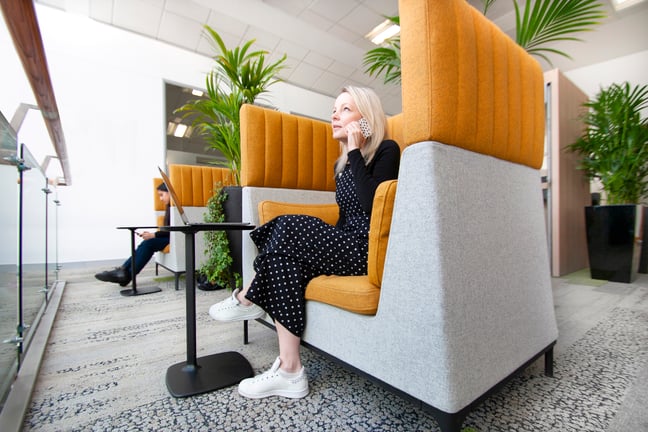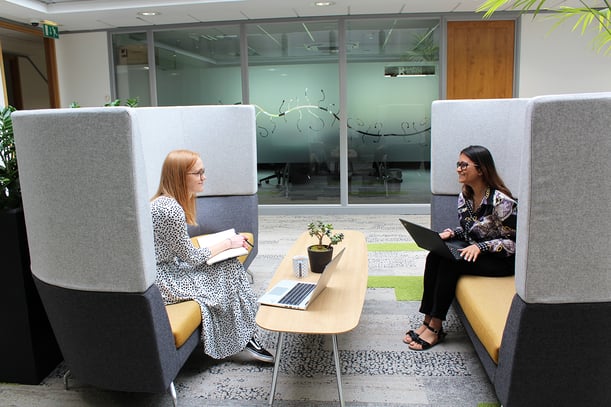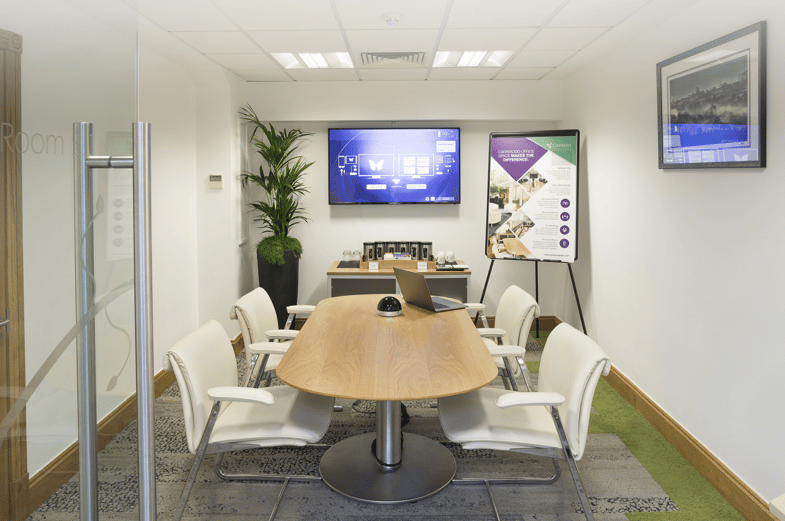The productivity paradox refers to the counterintuitive observation that pouring more effort and resources into our goals does not always lead to increased productivity. It challenges the common belief that the more we work, the more productive we become. In fact, research has shown that there is often a diminishing return on investment when it comes to productivity.
One possible explanation for this paradox is that our approach to work is flawed. We tend to focus on quantity rather than quality, believing that the more tasks we complete, the more productive we are. However, this mindset can lead to burnout and decreased efficiency. Instead, we should prioritise tasks that have the most impact and ensure that we have the necessary resources and support to tackle them effectively.
Another factor contributing to the productivity paradox is the diminishing marginal utility of additional resources. While initially, investing more time, effort, and resources may yield significant improvements in productivity, there comes a point where the returns start to diminish. This is because there are inherent limits to how much we can accomplish within a given timeframe. Working longer hours or taking on more tasks can actually lead to decreased productivity due to fatigue, stress, and reduced focus.
To unravel the mystery of the productivity paradox, it is important to understand the underlying factors that influence productivity. By recognising the limitations of our current approach and adopting strategies that prioritize quality over quantity, we can overcome the productivity paradox and achieve better outcomes in our work.
Origins of the Paradox
The productivity paradox emerged during the early 1970s, a pivotal time for the burgeoning IT industry. Pioneering experts were optimistic, predicting that technology would revolutionize society and boost productivity by a substantial margin—perhaps three to four percent. Yet, when the dust settled, the actual increase was a mere one percent. How could such a discrepancy exist?
The Elusive Impact of Technology
Certain optimists posited that technology’s impact was subtler than traditional productivity measurements could capture. Perhaps its benefits would gradually unfold over time. However, as the late 1980s approached, these explanations lost their lustre. Researchers grappled with the paradox, proposing various hypotheses, but none provided a definitive answer. It seemed that a deeper force was at play—one that eluded easy explanation.
Navigating the Digital Era
Fast-forward to today and the productivity paradox remains as relevant as ever. In our digital age, where opportunities and challenges intermingle, we find ourselves seeking ways to optimize resources and unlock our full potential. How can we sidestep the pitfalls of the paradox? How do we channel creativity and innovation effectively?
It is essential to regularly evaluate and adapt productivity strategies in the digital era. What may have been effective in the past may not be applicable in the rapidly changing technological landscape. By staying informed about emerging trends, experimenting with new tools and techniques, and seeking feedback, individuals can continuously optimize their productivity practices and stay ahead of the productivity paradox.

WorkWell’s Insights
One key insight we have uncovered is the importance of creating a culture of productivity. This involves fostering an environment where employees are empowered to prioritize tasks, collaborate effectively, and make informed decisions. By promoting a culture that values productivity over business, organisations can break free from the productivity paradox and achieve sustainable success.
Unravelling the mystery
The decisions businesses make now need to be carefully considered to make sure they do not undermine the performance of their team for a marginal cost-benefit, and risk destroying their company culture which will ultimately lead to unmanageable team churn.
Reduction in motivation
A report, published by UCL PhD Researcher, Dave Cooke, at the beginning of the pandemic, highlights the pros and cons to consider about remote working. His recent research looked at how people adapt to remote working, and he found that “after an initial honeymoon period, remote working quickly became too isolating for over 25% of his participants.” He quotes one participant as saying, “Some aren’t naturally self-motivated, and no end of self-help books will change that.”
Keeping self-motivated in the long term can be a challenge and an issue many businesses will encounter as we emerge from this pandemic. What seemed novel at first will quickly start to become more challenging for those members of staff struggling to keep themselves self-motivated.
Lack of creativity
Another issue for many industries is the long-term effect on creativity. Working from home, although at the time may seem more productive, can be incredibly limiting when it comes to creative thinking. Not being amongst your colleagues removes that sharing of ideas, which is difficult to achieve over Zoom. You can guarantee that the greatest inventions in the world weren’t produced over a video call.
Perfectly summed up by pioneer Steve Jobs, who believed that employees’ best work came from accidentally bumping into other people, not sitting at home in front of a computer. “Creativity comes from spontaneous meetings, from random discussions. You run into someone, you ask what they’re doing, you say ‘Wow,’ and soon you’re cooking up all sorts of ideas.”
A cement echoed by PR and social media agency, Wolfstar, who have been working remotely for the last four months. Chairman, Tim Sinclair said: “Nothing can replace face-to-face discussions and debates. In our industry, we need to be creative, we need to think outside the box and it’s impossible to do that sitting behind a computer screen. My team feed off one another other, we bounce around ideas and openly discuss them. It’s impossible to do that over video.”
Loss of social interaction and risk of feeling isolated
What working from home doesn’t give you is that sense of community and nuance that you get from being in the office. For a lot of people, working from home as a longer-term solution will significantly impact their social interaction leading to a risk of feeling isolated. A recent survey conducted by OnePoll on home working revealed that 41% of workers in the UK said that lack of human interaction was one of the biggest concerns or challenges encountered regarding home working. 30% also said that losing motivation was a big concern.
Access training and development and the sharing of ideas
Staff training and development is a key area to be impacted by working from home permanently. Working from home requires staff to work more independently, therefore losing the ability to easily ask questions and develop their skills. How can your staff learn from senior members of the team if the only communication they have with them is over video? Much of your team training and development comes from the sharing of ideas and the sharing of knowledge which immediately gets taken away when you have no collaborative space in which to do that.
In some ways training can be likened to riding a bike. It doesn’t matter how many times people tell you over Zoom, you will never learn to ride it until someone holds your hand whilst doing it.
Research shows working from home is far worse for team cohesion and innovation than working in the office. Other research finds that face-to-face interaction is essential for identifying opportunities for collaboration, innovation and developing relationships and networks.
We’re a firm believer that to become the best place to work, communication and collaboration are key, and without the right environment in which to do that, your business as a whole will suffer.
Functionality
Establishing the same functionality as an office at home is impractical and not cost-effective. And with all staff working from home, you’ll find that in the long term, you’ll end up spending more time and money in getting them set up in the right working environment, with a good connection, than you would in an office. Your office space should be approximately 10% of your total wage bill and you may find you spend more than this getting everyone properly set up at home.
When you start to look at installing business broadband and phone lines at home, as well as creating a dedicated space to work, including the right set-up, lighting etc. the costs start to increase.
Not everyone has the luxury of a dedicated workspace at home and maintaining a physical and emotional separation between home and work is vital for optimum performance. You can also guarantee that most homes are not connected as well as an office. Fiber connectivity provides hardier and faster connectivity, but in the UK, just 10% of all homes currently have fiber connections. This could result in considerable disruption occurring, especially for broadband-intensive sectors, especially for those living in areas still predominantly served by copper-based networks. Not only are such networks slower, but they’re also less robust and subject to greater dropout.
Choice
A survey conducted by US, design company Gensler, found that the vast majority of people want to return to the office, albeit with critical changes. Many want to have the choice, to continue to work from home at least some of the time.
Choice is what we have long sought to offer our teams and Covid should not be seen as the end to the office but the start of a world where leaders have the confidence, systems and mindset to offer the teams choice. The biggest barrier as we see it is not technology but trust. Technology has not moved on as much as trust has. This should be respected and not used to usher the masses into solitary work settings where they can not be their best selves.
To access more information, or if you wish to discuss your workspace requirements, contact sales@workwelloffices.com



